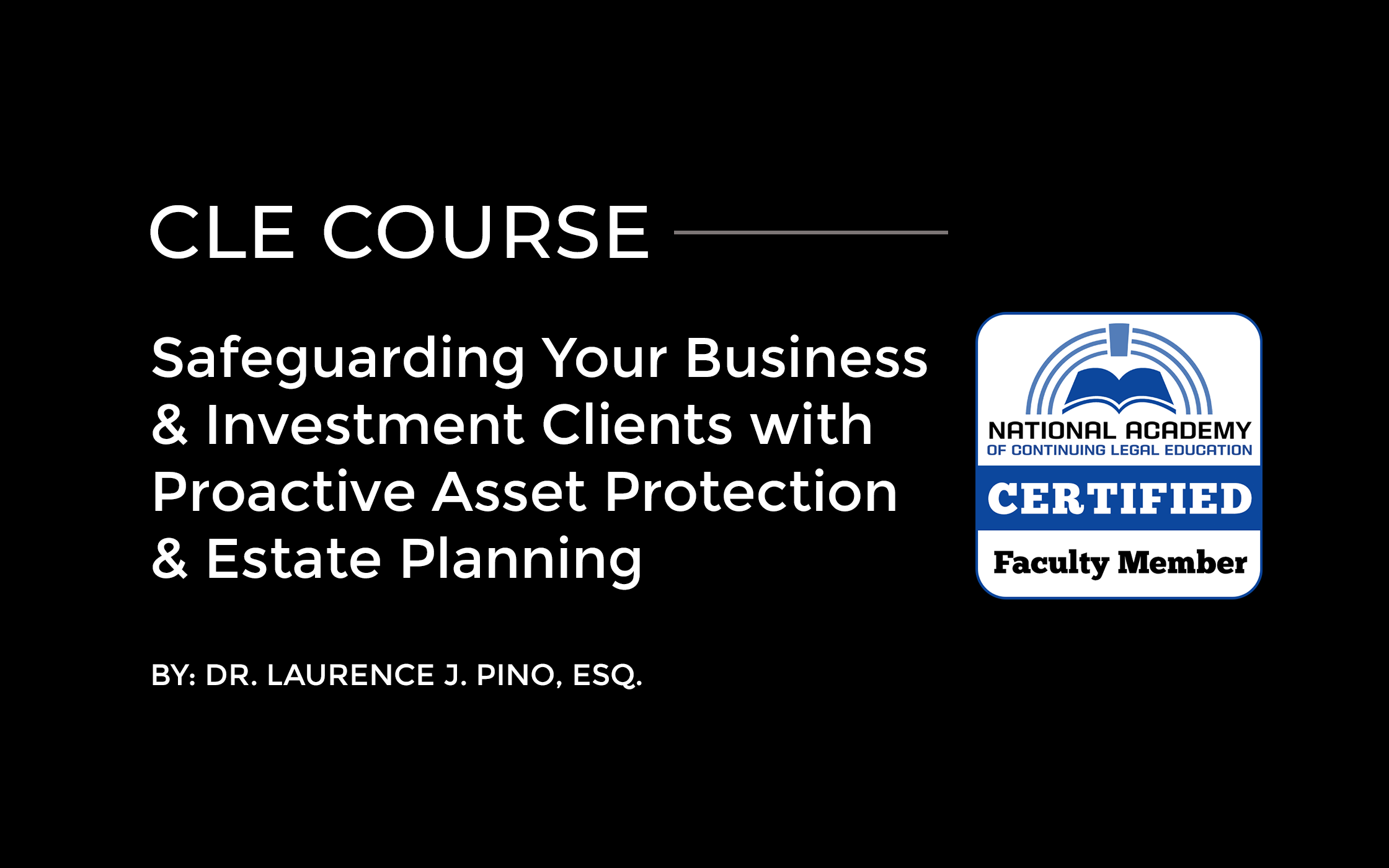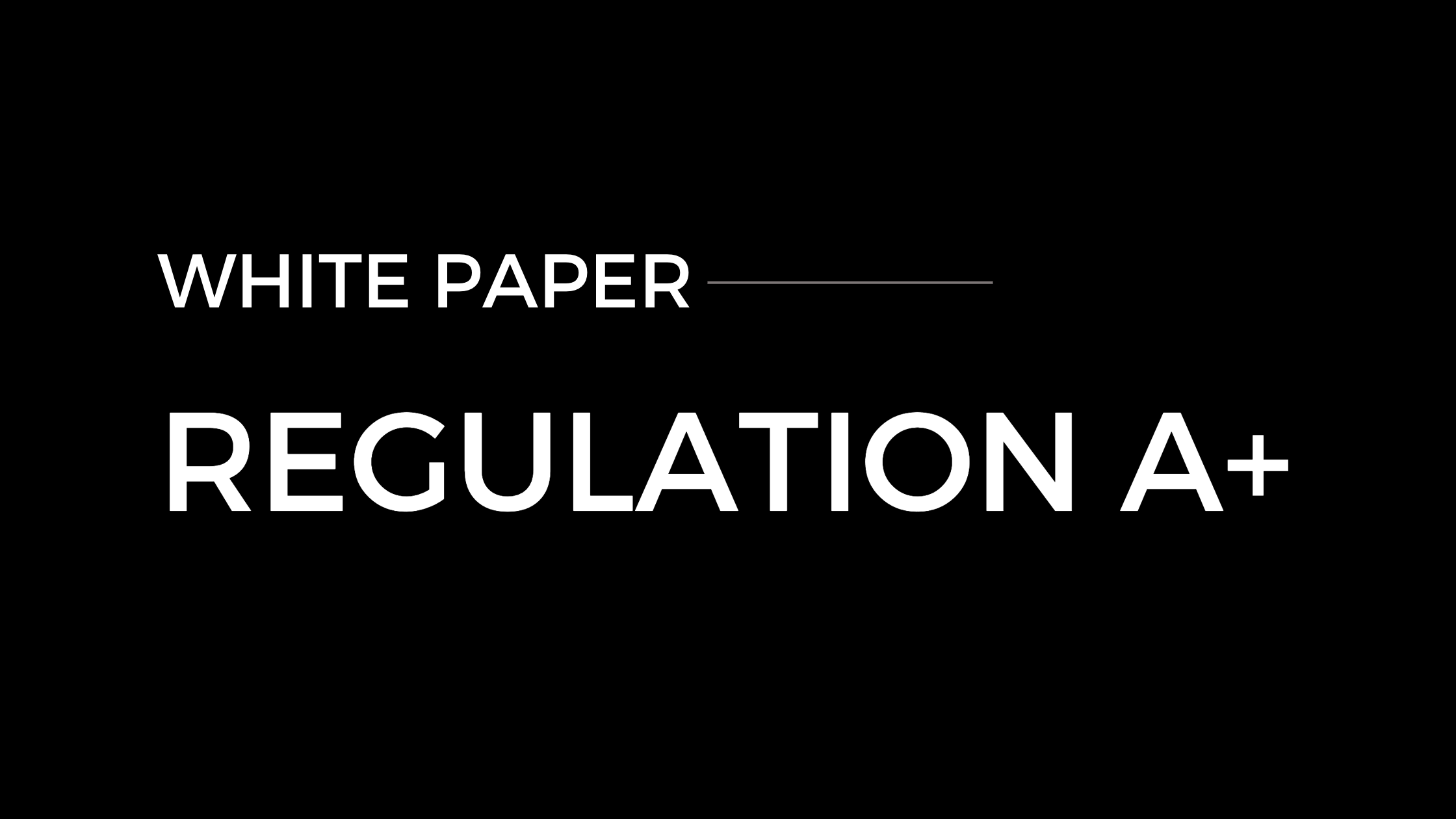I had an interesting conversation the other day with a client of mine. He is the CPA and trustee for his family member (beneficiary) who has the intention of investing some $3 to $4 million of his liquid capital to buy a business. For obvious reasons, I’m going to hold back the nature of the industry and the identification of the parties.
In the course of conversation, we vetted the fact that his beneficiary, who is of age and competent to make business decisions, wants to get into that industry, wants to get into that particular business in the industry, is prepared to invest $3 to $4 million of his liquid capital, and sees the business as a long-term endeavor.
My client was a little bit troubled because the best he could estimate, based on the reconstructed financial statements, is that his beneficiary would bring in somewhere between $300,000 to $400,000 a year of free cash flow based on an investment of $3 to $4 million. In other words, it is, standardized, a 10% return on invested capital.
I indicated to him that I also shared his concern because an operating business, unlike a stable asset with passive cash flow, has risks attached to it which exceed those of a traditional brick and mortar passive asset. And any number of real estate assets today can produce a 10% yield without substantial risk or effort. Moreover, with nothing more than 50% leverage, today’s investments could yield 12-14%. Hence, I had a tough time understanding how his adult beneficiary could not recognize that he’s actually leaving significant money on the table while simultaneously putting his investment dollars at risk.
Recognizing that I am an entrepreneur while being a business and investment attorney, I understand opportunity requires appropriate risks. But, if you are going to take risks, you have to do so with an expectation of a risk-adjusted return that is in excess of the return you would receive by simply putting capital into a passive holding.
$3 to $4 million could generate anywhere from $350,000 to $550,000 a year, secured by appropriate collateral instruments or asset ownership, without significant risk of diminution or loss, and with no effort on the part of the beneficiary. That would not hold true for the business his beneficiary wants to buy.
I encouraged my client, as forcefully as possible and irrespective of the family condition, to at least argue the position. I told him it was better to argue it now and possibly fray some nerves than to stay silent and have the beneficiary come back to him at a later time wondering why he wasn’t adequately warned of what was involved.
I have spent my entire life operationalizing business and investment pursuits on my own and guiding my clients on theirs. Let me suggest five primary rules of engagement:
1. Understand the nature of the endeavor like the back of your hand.
2. Price the endeavor based on its risks, not its opportunity.
3. Document the endeavor properly.
4. Operationalize the endeavor with attention to detail.
5. And then be prepared to morph, morph and morph again until the endeavor is successful.
Based on that, I told my client that his beneficiary should counter with a reduction of the investment to between $2.1 and $2.75 million. . . and cross his fingers!
Image source: mfsys.com.pk
SaveSave




